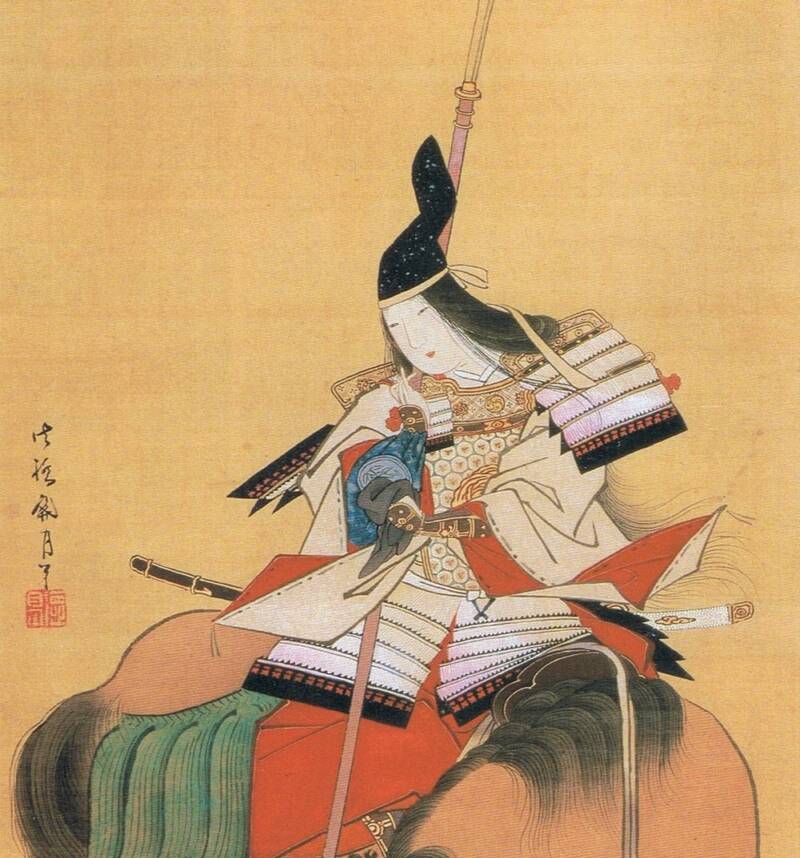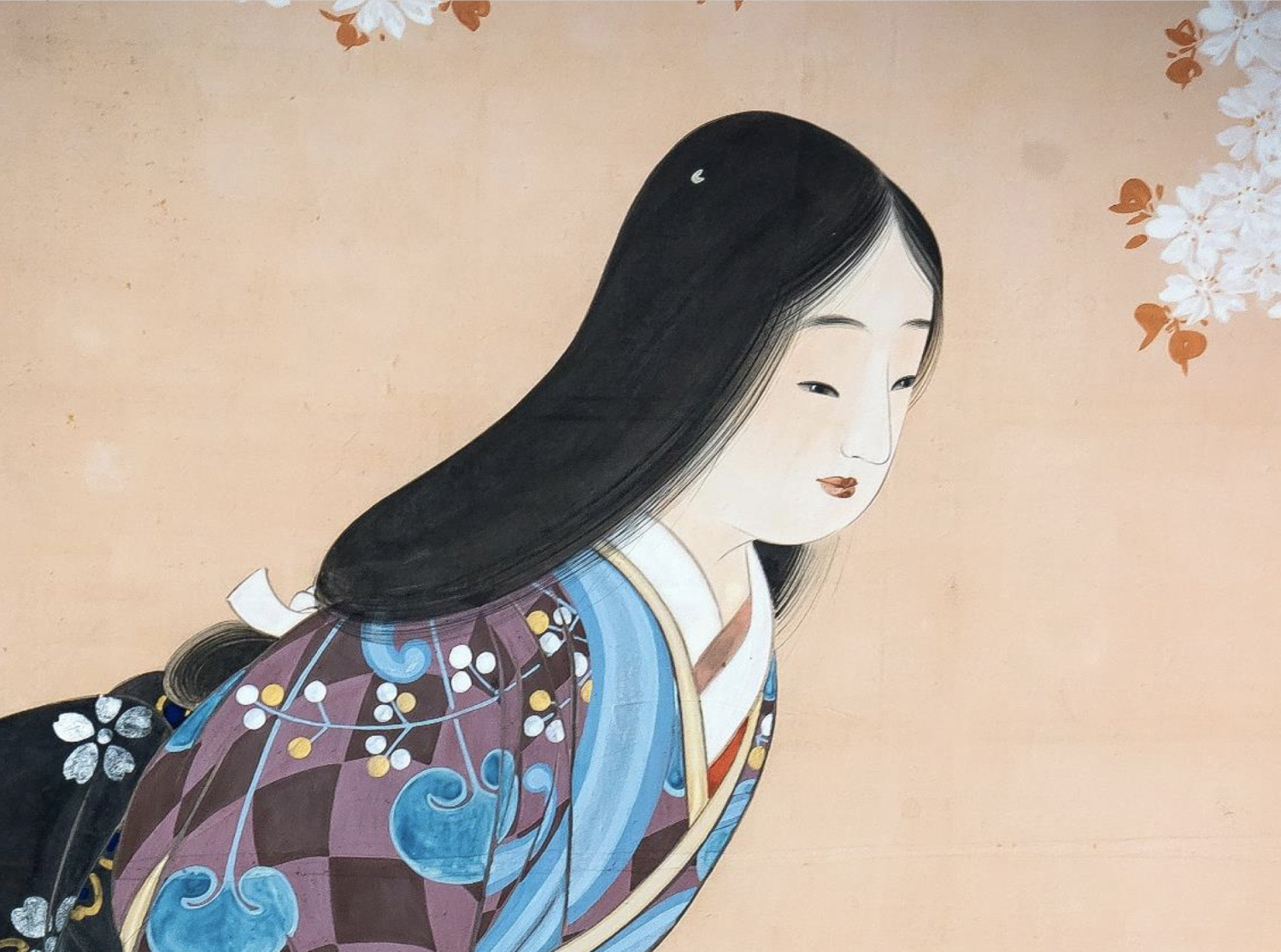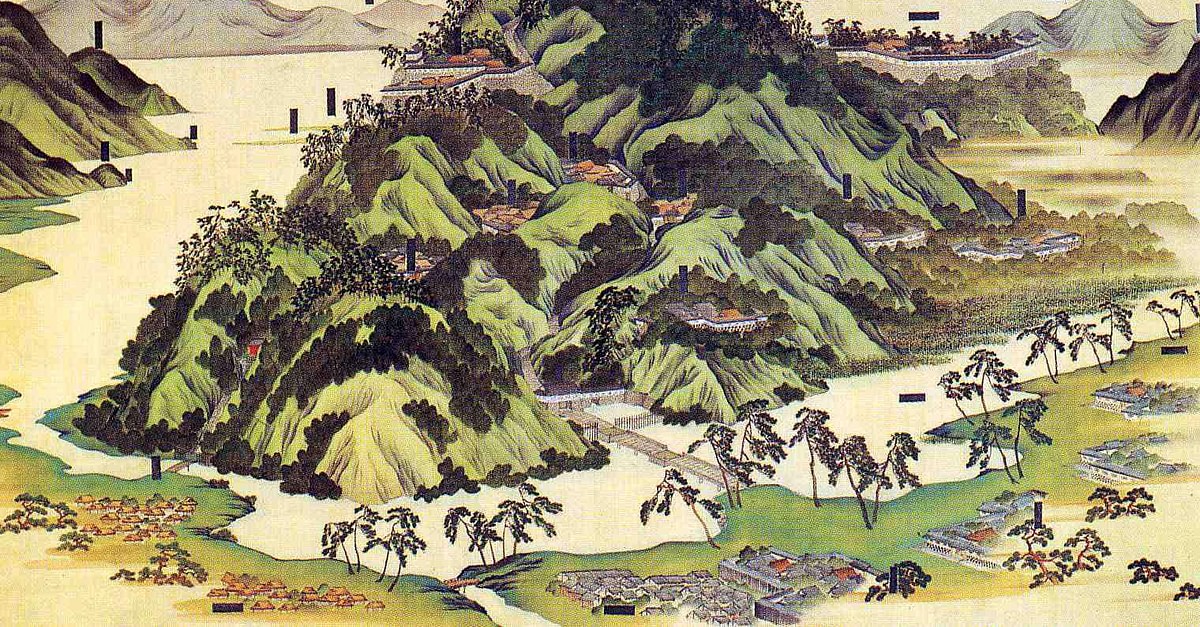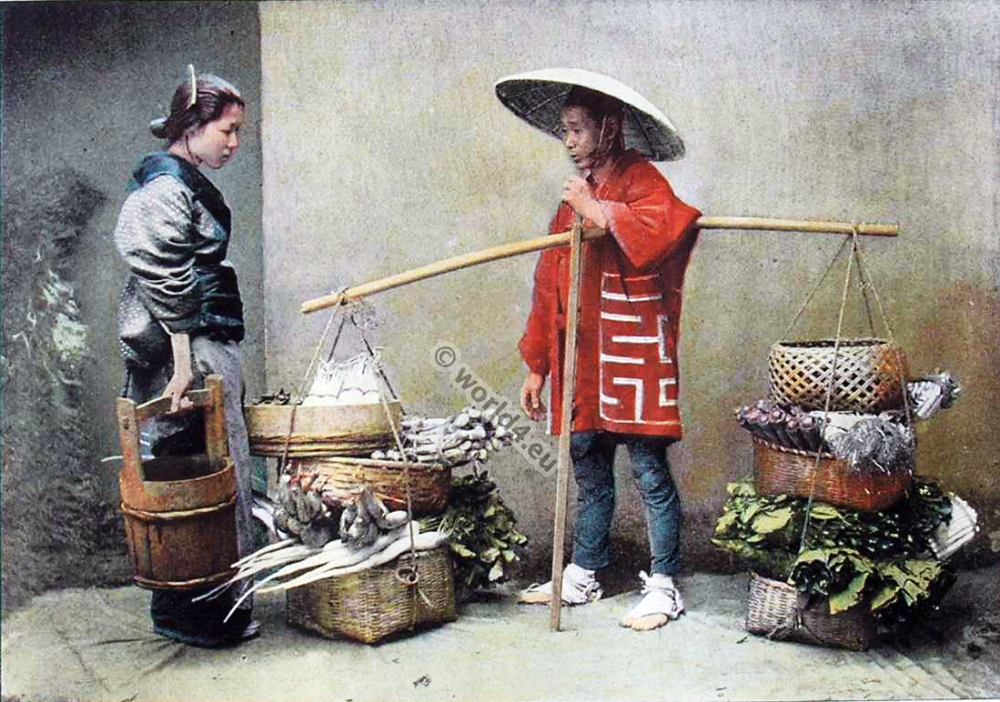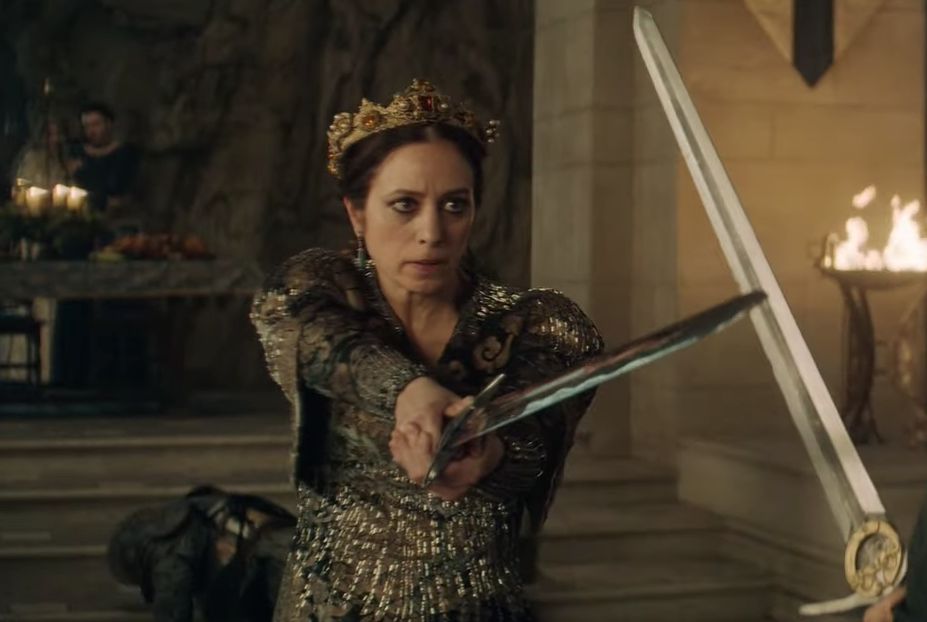Genre: Classic Names
What names comes to mind when you think classic? Are they oldie-but-goodie names or are they so well known that multiple kings and queens have been named after them? Today we will go over classic names that have withstood the test of time. Let's get some inspiration brewing!
Today's Rundown:
- Female Names & Meanings
- Male Names & Meanings
- Unisex Names & Meanings
- Honorable Mentions
Female Names & Meanings
1.) Anne/Anna
Origin: French/Hebrew
Meaning: Grace
Famous People: Anne Boleyn (King Henry VIII's 2nd wife), Anne Frank, Anne of Austria, and as a more current pop culture reference, Anne Hathaway.
Nicknames/Variations: Hannah, Annie, Annamaria, Annabeth
2.) Elizabeth
Origin: Hebrew
Meaning: God is my Oath
Famous People: Queen Elizabeth I, Queen Elizabeth II, Elizabeth Taylor
Nicknames/Variations: Elizaveta, Elizabeta, Lisabette, Eliza, Lizzy
3.) Mary
Origin: Hebrew
Meaning: Of Beloved, Bitter, Rebellious
Famous People: Mary I of England (Bloody Mary), Mary Queen of Scots, Mary Crown Princess of Denmark
Nicknames/Variations: Maria, Miriam, and Marie
4.) Alice
Origin: German
Meaning: Nobel, Exalted
Famous People: Alice Roosevelt Longsworth, Princess Alice o the United Kingdom, Alice Walker of the United Kingdom
Nicknames/Variations: Allison, Alissa, Alyce, Alitha.
5.) Beatrice
Origin: Denmark, Germany, France, and England
Meaning: Delivers joy and blessed travelers
Famous People: Princess Beatrice of the United Kingdom, Princess Beatrice of York, and Bea Miller
Nicknames/Variations: Bea, Beata, Beatricia
6.) Charlotte
Origin: French
Meaning: Free man or Petite
Famous People: Charlotte Perkins Gilman, Charlotte of Prussia, Princess Charlotte of Cambridge
Nicknames/Variations: Lola, Carlotta, Carla, Carly, Charlie
7.) Lucile
Origin: French
Meaning: Light, illumination
Famous People: Lucille Ball, Lucille Bliss, Lucille Starr
Nicknames/Variations: Lucy, Lucinda, Luisa, Latricia, Lucille
8.) Margaret
Origin: Greek
Meaning: Pearl
Famous People: Margaret Thatcher, Margaret Atwood, Princess Margaret Countess of Snowdon
Nicknames/Variations: Maggie, Marge, Madge, Marjorie, Peggy, Greta, Gretchen
9.) Ophelia
Origin: Greek
Meaning: Benefit, aid
Famous People: Ophelia Dahl, Ophelia (in Hamlet)
Nicknames/Variations: Filia, Ovalia, Ovelia, Phelia, Ophelya
10.) Penelope
Origin: Greek
Meaning: Weaver
Famous People: Penelope Cruz, Penelope Blount Countess of Devonshire
Nicknames/Variations: Penny, Poppy, Pelcia, Nelly, Pepper, Nell
Male Names & Meanings:
1.) George
Origin: Greece
Meaning: Farmer, earth worker
Famous People: Lord Byron, George Washington, George Eliot, George Bush
Nicknames/Variations: Geo, Georgie, Joe, Gordy
2.) Henry
Origin: French, German
Meaning: House Ruler
Famous People: King Henry VIII, Henry Ford, Henry David Thoreau
Nicknames/Variations: Hank, Hal, Harry, Huck, Ry, Rye, Hon
3.) Charles/Charlie
Origin: Old English, Germanic, French
Meaning: Free Man
Famous People: Charles Darwin, Charles Dickens, King Charles III
Nicknames/Variations: Charlie, Chuckey, Charl, Chaz, Chuck
4.) Francis
Origin: Latin
Meaning: Frenchman, Frank, free man
Famous People: Francis I of France, Francis Bacon, F. Scott Fitzgerald, Francis Drake
Nicknames/Variations: Frank, Franz
5.) Howard
Origin: Germanic
Meaning: Brave Heart
Famous People: Howard Stern, Howard Wolowitz
Nicknames/Variations: Howie, Ward
6.) Andrew
Origin: Greek
Meaning: Strong, manly
Famous People: Andrew Jackson, Andrew Johnson
Nicknames/Variations: Andre, Drew, Andrea
7.) Oscar
Origin: Gaelic
Meaning: God speer, deer lover, champion warrior
Famous People: Oscar Wilde, Oscar II of Sweden, Oscar I of Sweden
Nicknames/Variations: Ossie, Ozzy, Oskar
8.) Louis
Origin: French
Meaning: Famous warrior
Famous People: Louis Tomlinson, Louis IV Holy Roman Emperor, Louis XIV of France
Nicknames/Variations: Lu, Lewis, Luay, Ludwig, Ludwik, Luigi
9.) Adam
Origin: Hebrew
Meaning: Son of red earth
Famous People: Adam West, Adam Lambert, Adam Levine, Adam Scott
Nicknames/Variations: Addis, Adham, Aiden
10.) Silas
Origin: Greek
Meaning: Forest
Famous People: Silas Deane, Silas Wright, Silas Carson
Nicknames/Variations: Si, Cy, Sil
1.) Alex
Origin: Greek
Meaning: Defender of Humankind
Famous People: Alex Kingston, Alex Gonzaga, Alex Gardner
Nicknames/Variations: Alexander, Alexandra, Alexandrina, Alexei, Alexis
2.) Ali
Origin: Arabic
Meaning: High, exalted
Famous People: Prince Ali (Aladin), Ali Benjamin, Ali Bryan
Nicknames/Variations: Allison, Alley, Alexander, Alexandra, Alexandria, Alexandrina, Alexei, Aladin
3.) Ash
Origin: Hebrew
Meaning: Happy, ash tree
Famous People: Ashton Kutcher, Ash Ketchum (Pokemon)
Nicknames/Variations: Ashton, Asher, Ashley, Ashleigh
4.) Danny
Origin: Hebrew
Meaning: God is my Judge
Famous People: Danny Devito, Danny Glover, Danny Trejo
Nicknames/Variations: Daniel, Danielle, Daniella, Danika, Dana, Danni
5.) Ellis
Origin: Welsh
Meaning: Kind, benevolent
Famous People: Ellis Burks, Ellis Grey (Grey's Anatomy)
Nicknames/Variations: Ellie, Eilene, Elaina, Ellen, Lestor
6.) Jesse
Origin: Hebrew
Meaning: The Lord exsists
Famous People: Jesse James, Jesse Eisenburg
Nicknames/Variations: Jessie, Jessica, Jethro, Josiah, Jessalyn, Jessa
7.) Jo
Origin: Latin
Meaning: God is gracious
Famous People: Jo Stafford, JoJo Siwa
Nicknames/Variations: Joanne, Joseph, Joan, Josephine, John, Jonah, Joanna, Jodie, JoJo, Jonathan
8.) Max
Origin: Latin
Meaning: Greatest
Famous People: Max Scherzer, Max Planck
Nicknames/Variations: Maxwell, Maximillian, Maxine, Milian, Magnus, Maksym
9.) Reese/Rhys
Origin: Welsh
Meaning: Enthusiasm, fire
Famous People: Reese Witherspoon, Johnathan Rhys Meyers
Nicknames/Variations: Russ, Rys, Raja, Reece, Ross, Rossa
10.) Winter
Origin: Old English
Meaning: Time of water
Famous People: Winter Anderson (American Horror Stories)
Nicknames/Variations: Winnie, Wren
Honorable Mentions to names I left Out:
Ada, Victoria, Matthew, Mark, Luke, John, Robert, Everette, Aura, Aurora, May, June, Kelley, Aja, Edith, Eden, Aaron, Franklin, Richard, Nora, and Christopher
Source: JotterPad (Image 1), lolitawardrobe.com (Image 2), countryliving.com (Image 3), Pinterest (Image 4), mudwerks.tumblr.com (Image 5), sammyvintage.com (Image 6), buzzfeed.com (Image 7), www.thebump.com (names and meanings), wellfamily.com (name meanings), momlovesbest.com (name information), playback.fm (famous names),verywellfamily.com (vintage name list), mykidstime.com (unisex names), ranker.com (famous names), wikipedia.org (information about famous people named Alex)





















/counting-the-compensation-money-for-the-murder-of-mr-richardson--japan--1863--463986975-5c414db946e0fb0001708316.jpg)
